This article explores the benefits of marine biology internships and features examples of GVI's marine conservation programs. Learn more!
Petrina Darrah
Posted: May 15, 2025

Zaytoen Domingo
Posted: December 19, 2018
Floating through the temperate waters of one of GVI’s multiple marine conservation project locations, discover the incredibly vivid life under the sea. Swim alongside green sea turtles, and watch as seahorses look after their young in coral reefs.
Whether you are already signed up for one of GVI’s impactful volunteer projects focused on marine conservation, or you are still considering taking the plunge to see what it’s all about, it is important to know the facts about the ecosystem you will be entering into.
Coral reefs are increasingly endangered, and it is our responsibility to do what we can to help protect and nurture them and the rest of the marine world they are inextricably linked to.
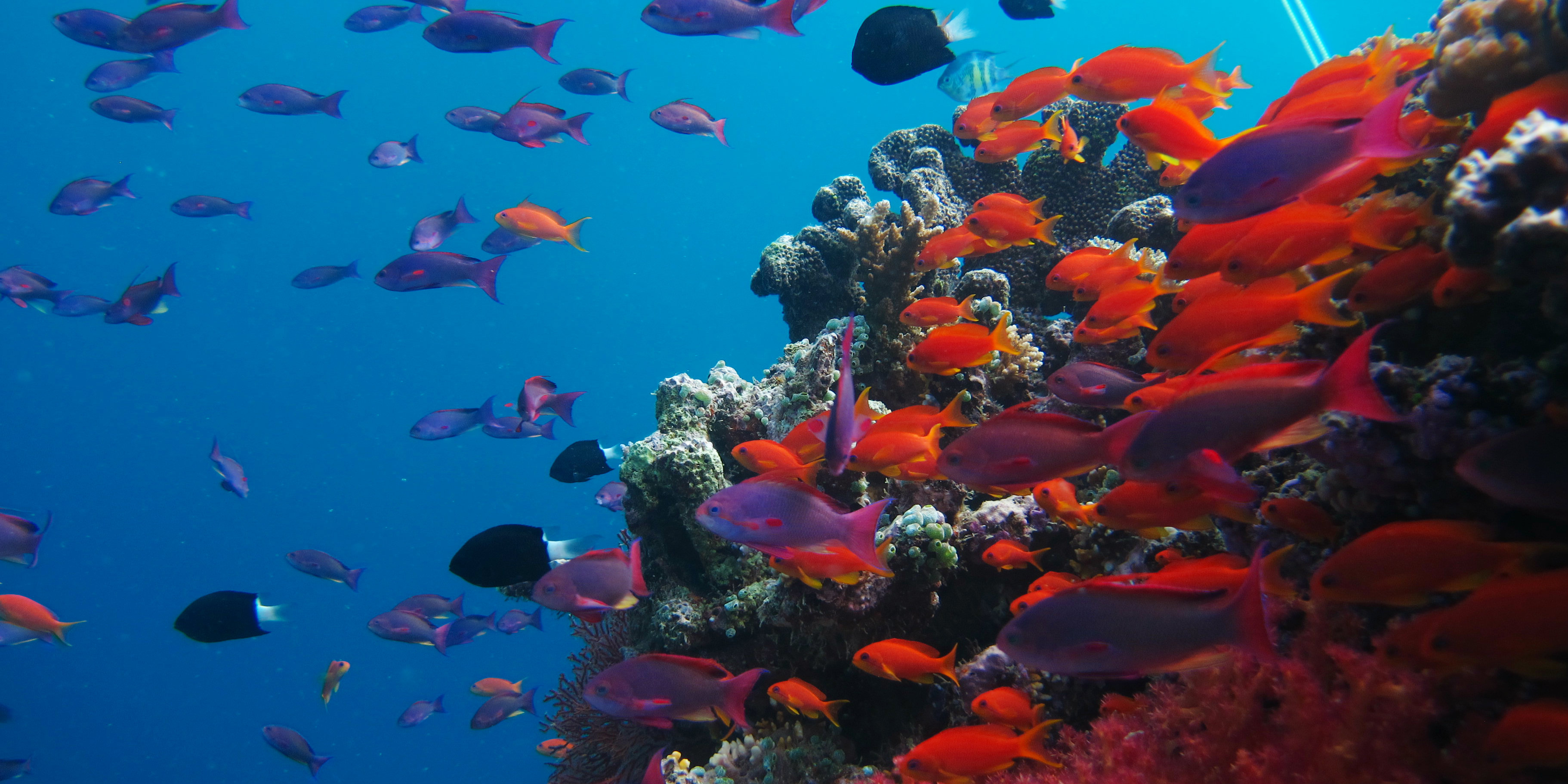
Coral reefs are one of the most biodiverse ecosystems on Earth, and are host to thousands upon thousands of species of fish and other sea animals. In fact, although coral may look plant-like, corals are actually animals themselves and are closely related to anemones and jellyfish.
Coral reefs are seminal to the cleaning of the surrounding water. The corals filter out debris and dirt, keeping the waters clean so that other organisms can thrive. They also stabilize the seabed, allowing other plants to survive by lessening the impact of storms on the bed, preventing it from being too disrupted.
In the blue waters of the sea, the colorful corals are indispensable in many different ways. Countless marine animals use corals for food and protection, and many raise their offspring within the calm waters of the corals.
GVI’s marine conservation volunteers work alongside these exquisite creatures. Take a look for yourself.
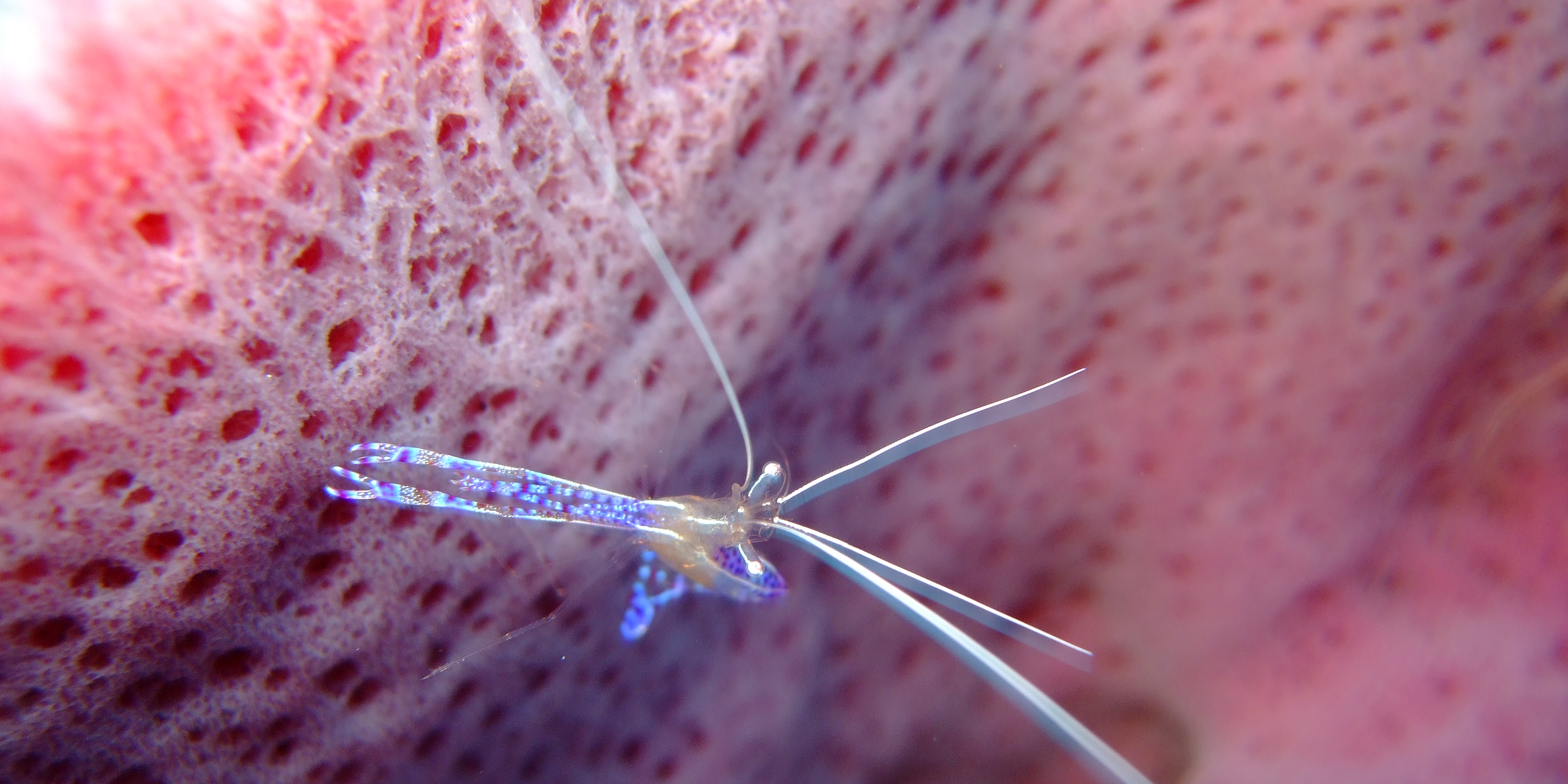
Coral bleaching is one of the biggest threats to marine biodiversity today. The tragic truth is that coral bleaching events are becoming more frequent, and are increasing in severity. It is estimated that the Earth has lost approximately 40-50% of its coral reefs in the last 50 years.
In 1998, a disastrous coral bleaching event affected every single coral reef in the world, and as a result of this, 16% of the world’s coral reefs were killed.
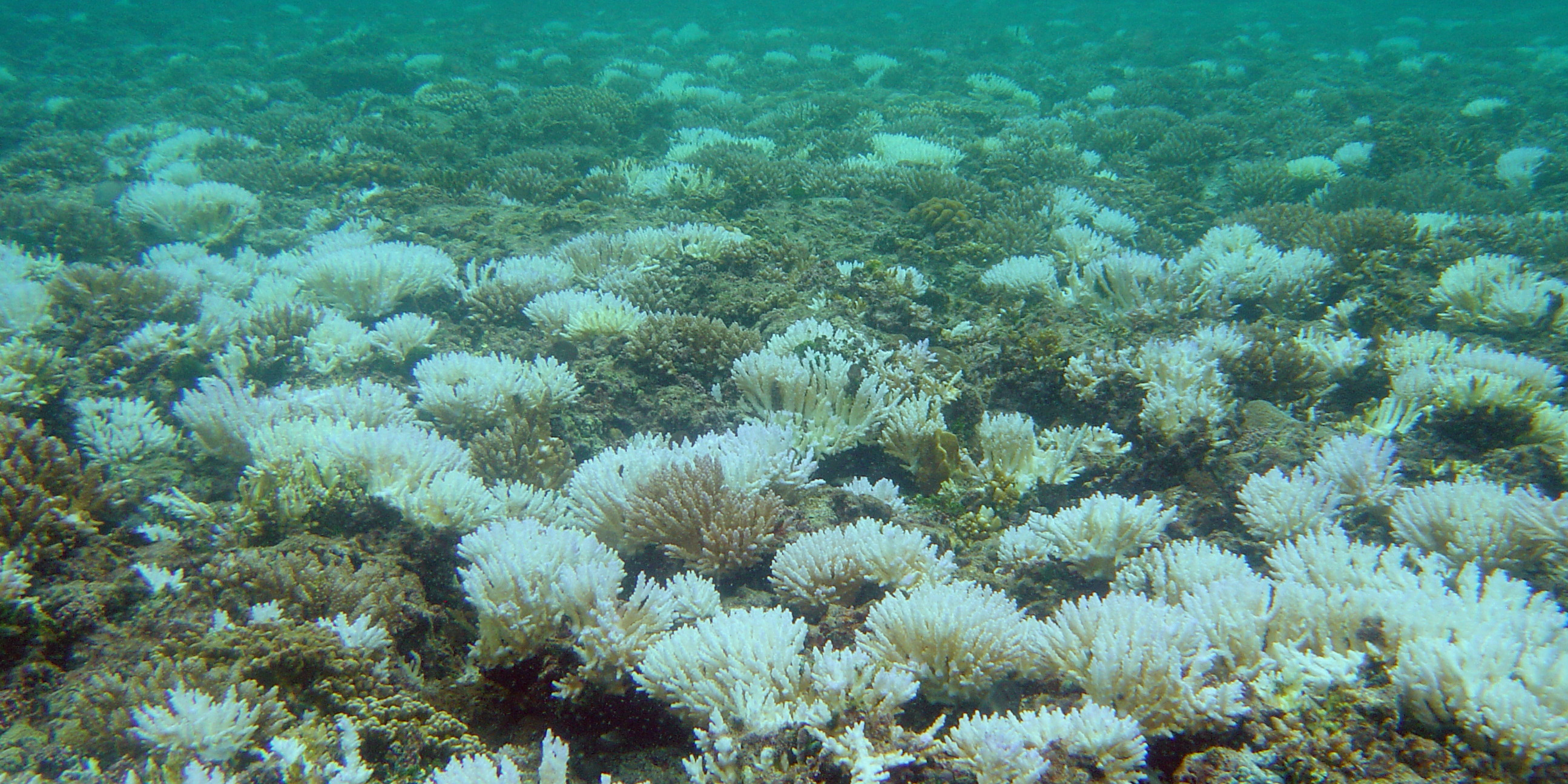
Original photo: David Burdick
The coral reefs surrounding the Seychelles were severely impacted, losing over 90% of their original coral cover. Protecting marine life in this area is therefore imperative to ensure that these waters remain biodiverse.
By studying corals, and looking at seawater data, we can help try to prevent such tremendous events from happening again, and at such a scale.
Take a look at GVI’s work on marine conservation in the Seychelles here.
Coral reefs grow very slowly, at an average rate of just two centimeters per year. It is therefore imperative that we protect them and are careful when around them.
Diving is one of the most effective ways to study corals and the other creatures around them. When diving, it easy to look at these animals in detail, and measure their color, growth, and shape.
Untrained, or poorly uniformed divers and tourists do, unfortunately, pose a huge threat to coral reefs by inadvertently damaging these delicate structures. Loose equipment and swimming too close to the corals can cause irreparable damage to them.
To make sure that you are diving responsibly and safely, always dive with an instructor until you are certified to do otherwise. GVI offers professional diving training so that you can learn a new skill alongside your marine conservation efforts.
You can do dive training in Fiji, Mexico, and the Seychelles.
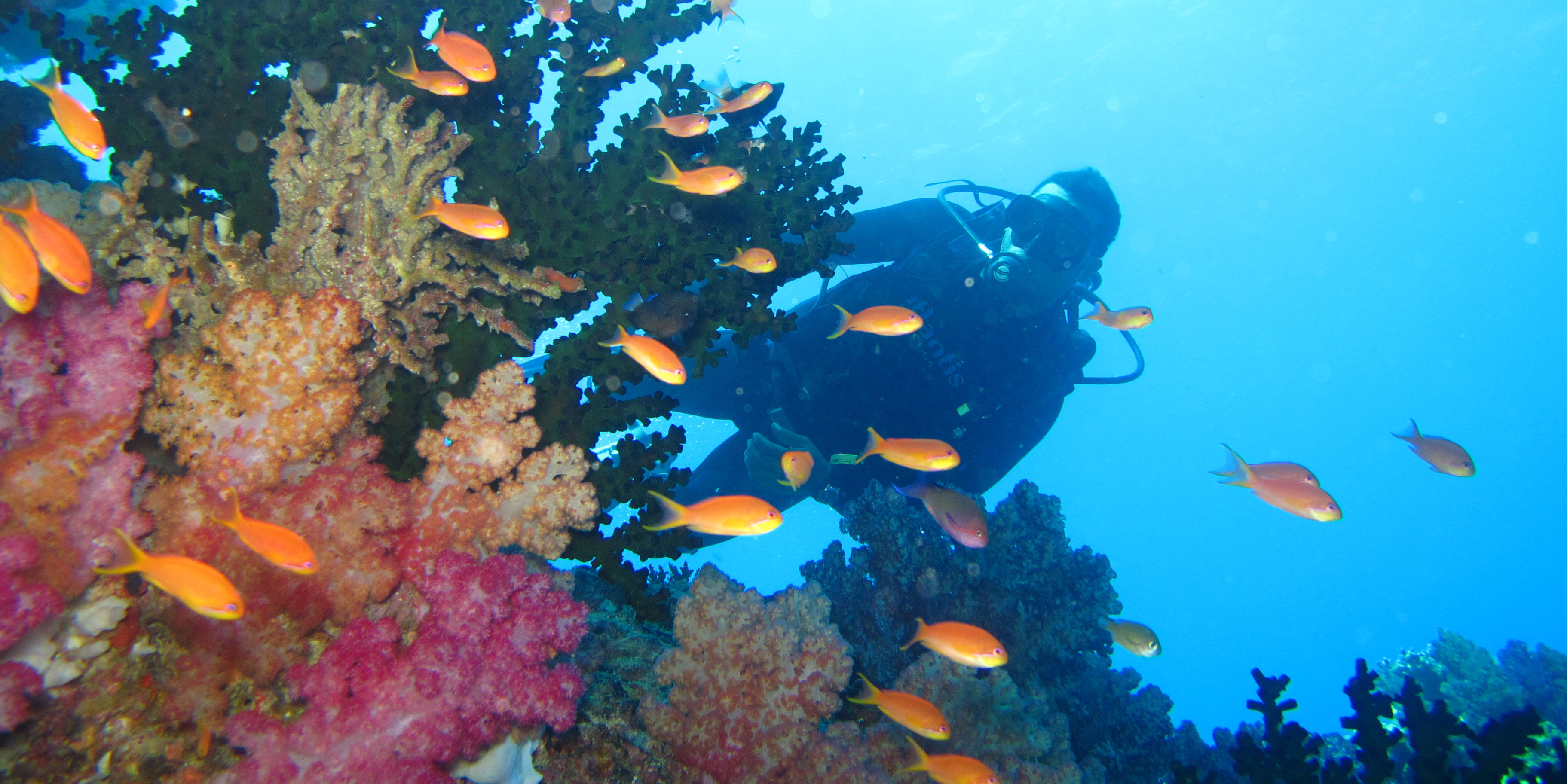
The tranquil, turquoise waters surrounding the islands of Fiji are home to 42% of the world’s coral species. There are over 4,000 square miles of coral reef here, and every single one of the Fijian islands has some kind of coral surrounding it.
These coral-rich seas are home to over 1,500 species of sea life and are a real showcase for the importance of coral reefs to marine biodiversity. This is, however, threatened by climate change and the threat of coral bleaching, along with overfishing and pollution.
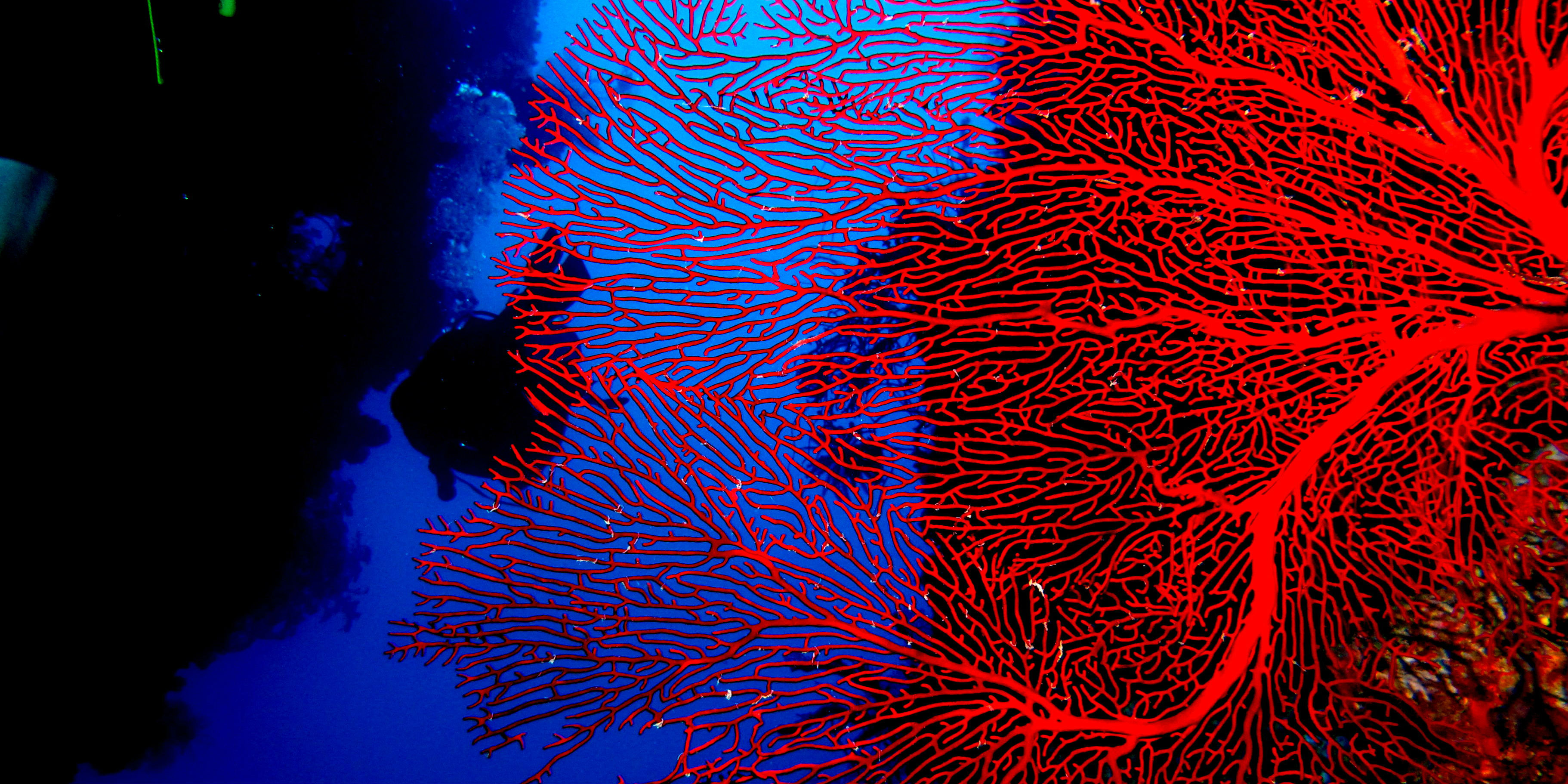
These threats are all avoidable: by humans taking responsibility for their actions, and working to preserve the bustling ecosystems that are coral reefs.
GVI’s volunteers are working to collect data from the marine life residing in Fijian coral reefs, and translating this to long-term benefits for the local communities.
This includes collecting data to be used by local people to improve education about their coral reefs, to ensure that these diverse systems are preserved and supported sustainably.
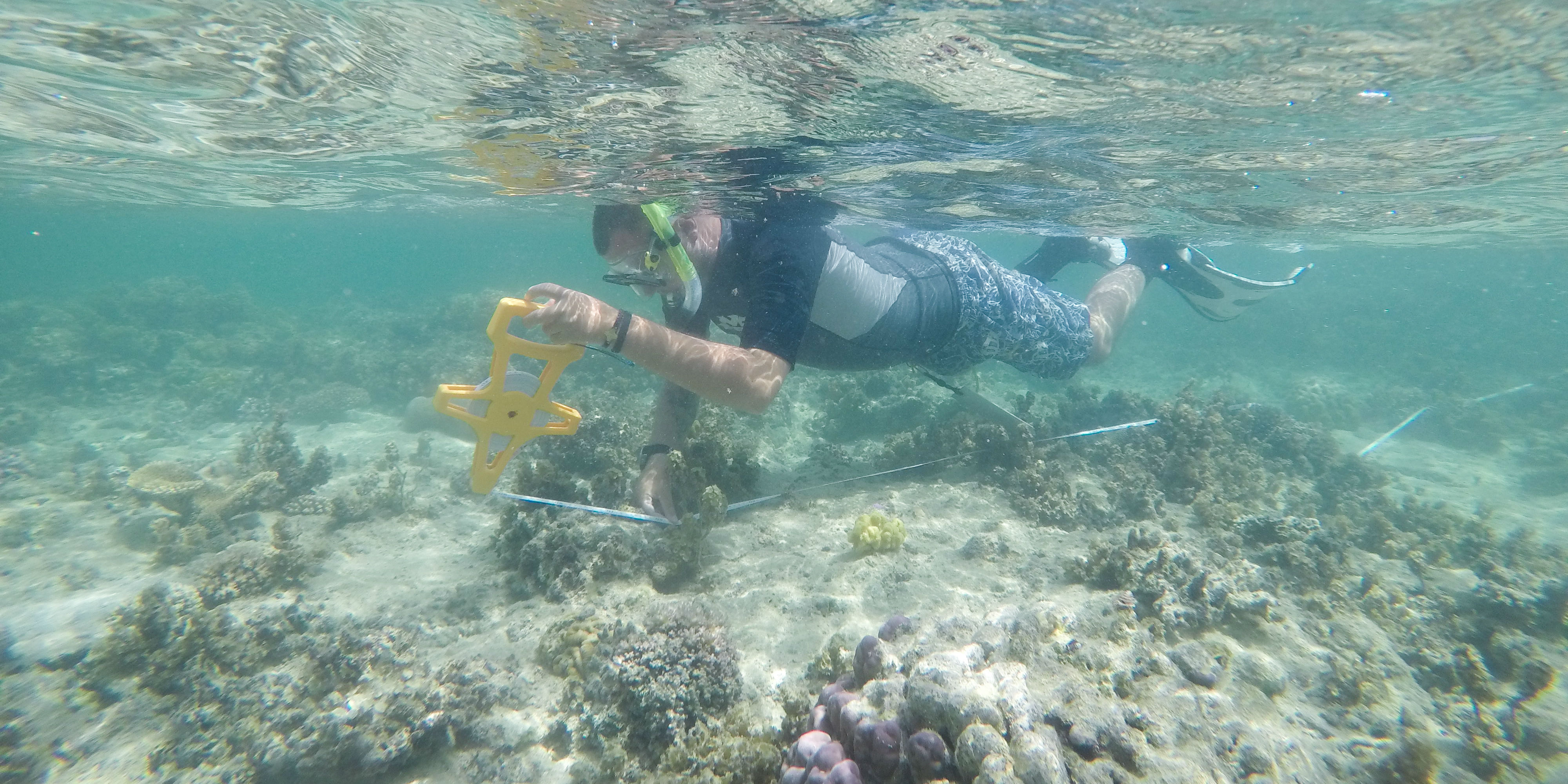
The Mesoamerican Barrier Reef System is the second largest coral reef in the world. It stretches over 600 miles from Cancun to Honduras. This huge coral reef is home to over 500 species of fish and over 60 species of coral.
Many of the species of marine animals living in this reef are under protection or endangered, including sea turtles and black coral. The largest fish on the planet, the whale shark, also calls this reef home, eating and mating in groups here.
The endangered status of so much of the marine life living here makes conservation efforts even more vital. GVI is dedicated to collecting data at our base in Mexico, to learn more about life in the coral reefs, and how we can help to preserve it.
Feel as though you know enough about coral reefs to go on a marine conservation volunteering project? Get in touch with the GVI team here.
By Zaytoen Domingo
This article explores the benefits of marine biology internships and features examples of GVI's marine conservation programs. Learn more!
Petrina Darrah
Posted: May 15, 2025